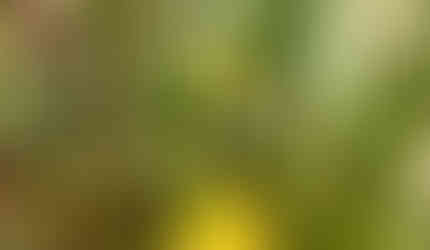The Warrnambool Community Garden is a beautiful space for growing food but modes sustainability, particularly in the approach to water conservation and habitat creation.
Water-saving principles
The garden employs water-efficient gardening techniques that align with permaculture principles including mulching and reusing water. By using native plants, which are well-adapted to the local climate, the garden minimises water usage. Native species typically require less water than non-native varieties, making them ideal for sustainable gardening, especially in areas prone to drought.
Habitat creation
Gardens serve as a crucial habitat for local wildlife. The diverse array of native plants provides food and shelter for various species, including birds, insects, and beneficial pollinators. This biodiversity not only enriches the ecosystem but also promotes a balanced environment that supports healthy plant growth.
Benefits of using native plants
Incorporating native plants into home gardens offers numerous advantages:
Low maintenance: Native plants are adapted to local conditions, requiring less care and fewer resources.
Water efficiency: They generally need less watering once established, making them ideal for water-conscious gardeners.
Biodiversity: Native plants attract local wildlife, supporting pollinators and other beneficial organisms.
Soil health: Many native species have deep root systems that improve soil structure and health.
Cultural significance: Using native plants can connect gardeners with local history and First Nations culture, fostering a deeper appreciation for the landscape.
We try to show how thoughtful gardening practices can create beautiful landscapes while conserving resources and supporting local ecosystems. By embracing native plants, both the garden and home gardeners can contribute to a more sustainable future.
Here are some suggestions which are blooming right now:
Karkalla (Native Pigface, Carpobrotus rossii)
A succulent groundcover with fleshy leaves and bright pink flowers. The leaves and fruits are edible and can be used in salads or as a snack. They have a slightly tangy flavour and are rich in vitamins.
Bush Basil (Plectranthus graveolens)
An aromatic herb with soft green leaves, often used in cooking. This plant is not only used for culinary purposes but also has medicinal properties, traditionally used to treat various ailments.
Muntries (Kunzea pomifera)
A low-growing shrub that produces small, sweet berries. Muntries are highly valued for their flavour and nutritional benefits, being rich in antioxidants. They were traditionally harvested by Indigenous Australians.
Geraldton Wax (Chamelaucium uncinatum)
A flowering shrub known for its beautiful waxy blooms. This plant is popular in floral arrangements due to its long-lasting flowers and is also drought-tolerant, making it suitable for low-water gardens.
Murnong (Yam Daisy, Microseris scapigera)
A perennial herb with edible tubers that resemble small potatoes. Murnong was a staple food for First Australians and is celebrated for its high carbohydrate content.
Flax Lily (Dianella species)
A grass-like plant with striking blue flowers and edible berries. The leaves can be used for weaving, while the berries are nutritious and can be eaten raw or cooked.
Paper Daisy (Xerochrysum, Rhodanthe, other genera)
These plants produce vibrant flowers that retain their colour even when dried. While not edible, paper daisies are popular in crafts and floral arrangements due to their durability and beauty.















Comments